Eunnamu (은나무)
1.2Km 2020-05-09
72, Yulgok-ro 3-gil, Jongno-gu, Seoul-si
+82-2-730-2867
La boutique Eunnamu est spécialisée dans les bijoux fantaisie aux lignes simples qui rappellent la nature, et sur lesquels sont apposés des motifs traditionnels coréens. Les principaux matériaux utilisés sont l’argent fin et des gemmes de qualité. Chaque produit passant par les mains délicates de nos artistes, leur design et leurs détails sont absolument uniques.
Gayaseong (가야성)
1.2Km 2021-03-26
6, Eulji-ro 9-gil, Jung-gu, Seoul
+82-2-2267-3939
It is a popular store among office workers in Euljiro. This Korean dishes restaurant is located in Jung-gu, Seoul. The representative menu is noodles in black bean sauce.
Yetmat Seoul Bulgogi (옛맛서울불고기)
1.2Km 2021-03-20
57, Myeongdong, 2-gil, Jung-gu, Seoul
+82-2-779-3000
The restaurant sells Seoul-style bulgogi frequently featured in Korean gourmet programs. This restaurant's signature menu is bulgogi. This Korean dishes restaurant is located in Jung-gu, Seoul.
57 Myeongdong Hostel [Korea Quality] / 57명동호스텔 [한국관광 품질인증]
1.2Km 2023-04-13
13th floor, 57, Myeongdong 2-gil, Jung-gu, Seoul
+82-10-3262-3503
(Korea Quality Premier Class) The name ‘57 Myeongdong Hostel’ comes from its location ‘13F, Taepyeongyang Building, 57, Myeongdong 2-gil, Jung-gu, Seoul’. The hotel, which is 5 minute-walk from the airport limousine stop, and 3 minute-walk from Myeongdong Station, offers easy access to adjacent tourist destinations including the famous shopping neighborhood of Myeong-dong. The three-story hostel (from 11F to 13F) is composed of 42 guestrooms with 9 types - Single, Twin (Standard, Deluxe, and Economy), Double (Standard, Deluxe, and Economy), Triple, and Family. In particular, Single rooms (equipped with a bathroom) are popular among single travelers and businessmen. It also serves breakfast with diverse types of dishes free of charge, as well as coffee and tea in the communal rest space. Guests can also use the computer and printer in the business center. In addition, a mini washing machine is installed next to the walls, which can be used free of charge. The reception desk provides various information and reservation services for tourist attractions and cultural events. 57 Myeongdong Hostel charms a variety of guests from not only Asian countries but also European countries, the United States, and more.
Yeojingop (여진곱)
1.2Km 2021-03-19
430, Samil-daero, Jongno-gu, Seoul
+82-2-762-5157
A gopchang (intestine) restaurant located near Nakwon Music Mall. The best menu at this restaurant is beef small intestine hot pot/pork small intestine hot pot. This is a Korean cuisine located in Jongno, Seoul.
Myeongdong Kyoja (명동교자)
1.2Km 2022-01-04
29, Myeongdong 10-gil, Jung-gu, Seoul
+82-2-776-5348
Myeongdong Kyoja is a noodle restaurant located near Myeongdong Cathedral that has been in business for more than 50 years. The restaurant is known for their knife-cut, handmade kalguksu (noodle soup) which is its main menu item. These lovingly prepared noodles are served in a deep and flavorful broth with meat and vegetables, making for a delicious meal. Also popular are the mandu (dumplings), bibim guksu (spicy noodles), and kongguksu (noodles in cold soybean soup).
Parc de l'histoire Seosomun (서소문역사공원)
1.2Km 2023-09-14
5, Chilpae-ro, Jung-gu, Seoul
+82-2-3396-5852
La zone de la porte Seosomun était auparavant un site de persécution durant le 19ème siècle qui a été transformé en parc. De nombreux catholique furent persécutés sur place faisant de ce site un site sacré pour les catholiques en Corée.
La porte Seosomun constitue un passage vers le marché Chilpae près de la porte Namdaemun.
Le 15 mai 1999 une tour commémorative fut inauguré au centre du parc pour commémorer les martyrs. En 2013, le district Jung-gu a également inauguré le Musée d'Histoire Seosumun.
Marché Namdaemun (남대문 시장)
1.2Km 2024-05-17
21, Namdaemunsijang 4-gil, Jung-gu, Seoul-si
+82-2-753-2805
Le marché de Namdaemun est un quartier commerçant qu'aucun touriste à Séoul ne se doit de manquer.
Trésor national no.1 depuis la dynastie Joseon, la porte Namdaemun aussi appelée Sungryemun a plus de 600 ans d’histoire. Sur plus de 66 hectares et avec plus de 10 000 magasins et échoppes, le marché de Namdaemun joue un rôle important en déterminant le prix à la consommation de Séoul.
Articles
Le marché de Namdaemun gère plus de 1 700 types de marchandises différentes, y compris des produits de consommation courante tels que des vêtements, ustensiles de cuisine, papeterie, fleurs, accessoires, aliments, produits de la mer et agricoles tout comme des objets d'art folkloriques, produits locaux et des marchandises importées. On dit à Séoul « Il n’y a rien que vous ne pouvez trouver à Namdaemun ». La vente se fait aux particuliers et aux professionnels.
Information sur les prix
Vous y trouverez tous les articles à environ 10-20% moins cher que sur les autres marchés car à Namdaemun, les magasins souvent fabriquent eux-mêmes leurs propres produits et vous pouvez donc les marchander. Le prix est plus bas mais la qualité reste excellente.
Plus de 3 000 à 4 000 étrangers visitent ce marché de Namdaemun tous les jours
Heures d’ouverture
Les horaires d'ouverture sont différentes pour chaque magasin. Les magasins de gros et de détail sont ouverts de 23h à 4 h du matin et les magasins pour le grand public ouvert de 8 h à 19h. Des marchands des quatre coins du pays viennent sur le marché à 3 h du matin pour faire leurs affaires
Seochon Guest House [Korea Quality] / 서촌 게스트하우스 [한국관광 품질인증]
1.2Km 2023-04-07
28-3, Jahamun-ro 7-gil, Jongno-gu, Seoul
+82-010-3345-9680
Seochon Guest House is located in Seochon, which is becoming a hot place for tourists in Seoul, and precisely on the road to Suseong Valley, whichis filled with interesting stores and is also well-known for Park Nosoo Art Gallery and the House of Yun Dong-ju (poet). Seochon Guest House is nicknamed ‘Jaeminangol (interesting village)’ after Baekseok’s poem ‘Yeowunangol’, with the aim of providing a visit full of interesting experiences. Passing through a garden and entering the main building, the unique charm of this hanok building, the staircase to get to the first floor from daecheong (main floored room), catches the eye of the visitors. In addition, the building is decorated with various stylish objects including paintings and Korean musical instruments. The terrace situated on the first floor offers an open view of the surrounding area including roof tiles of hanok structures and alleyways in Seochon. It is said that Korean novelist Yoon Hu-myeong also appreciated the structure of the guesthouse, saying, “It is an interesting place.” Built in the 1930s, the house, which has many storage places, was taken by the owner couple in spring 2014 as they were attracted by the house during their trip to Seochon. After the repair work, the ground floor of the house was opened for guests from January 2016, hoping that guests could share their daily experiences and stories with each other. The guestrooms and the main floored room on the ground floor are open to guests, with the exception of the first floor, which is used by the owner couple. The living room is equipped with books, a curved TV, and a table. The tasty meal, which is served in the kitchen, consists of rice and soup with six side dishes and is much loved by guests. The guesthouse offers a total of four rooms – Jae Room, which is the most Korean-style room; Mi Room, which has a combined style of a Korean-style room and Western-style room; Nan Room, which is an ideal room for meditation with a beautiful paper window; and Ahn Room, which is equipped with a veranda and a pretty flowerbed. Every room has its separate charm with various comfortable bedding to provide a quiet and cozy bedroom for guests in the middle of the city. Furthermore, the guesthouse holds a pansori (epic chant) performance twice a year. The owner started learning how to sing pansori to promote the Korean culture and tradition to foreigners. When a pansori performance is held, the owner offers traditional Korean snacks and drinks including sikhye (sweet rice punch), sujeonggwa (cinnamon punch), traditional sweets and cookies, and tteok (rice cakes) to visitors, tourists, and performers. Moreover, it provides cultural programs such as a Gukak (Korean classical music) experience, Korean traditional clothes experience, and making Korean food experience, as well as other activities with guests, such as trip to the city wall between Inwangsan Mountain and Bugaksan Mountain, and the Royal Palace Tour to Gyeongbokgung Palace, etc., as well as a trip to a traditional market.
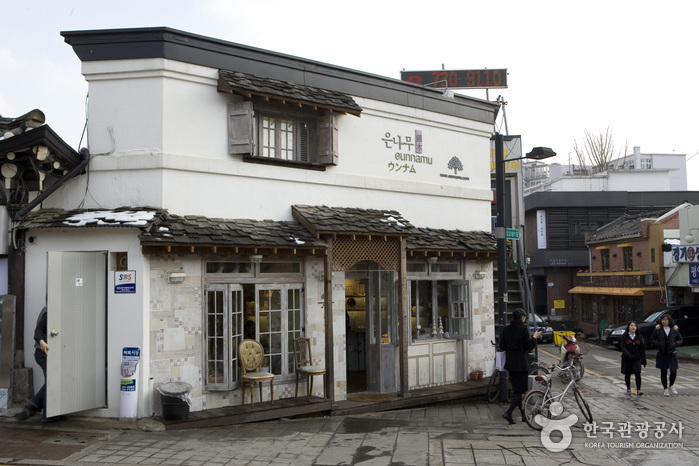
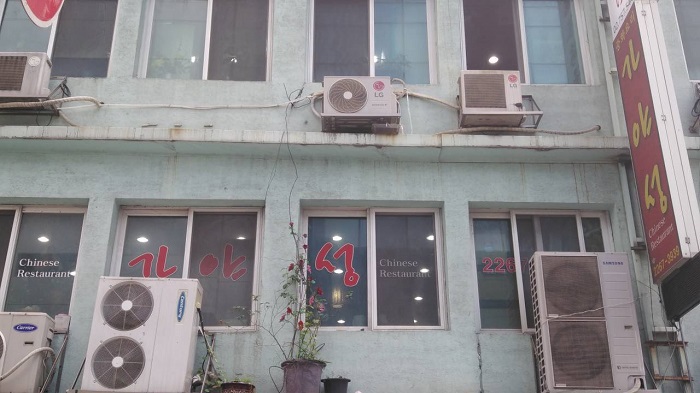
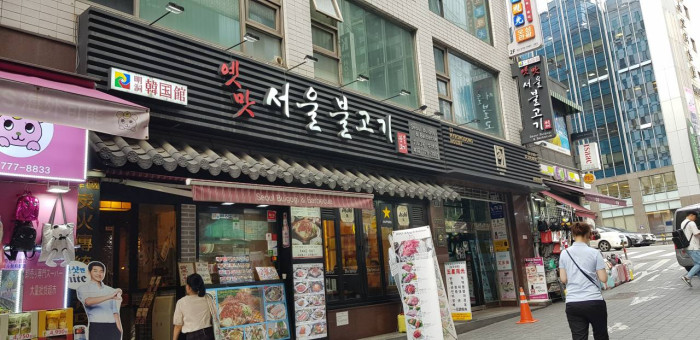
![57 Myeongdong Hostel [Korea Quality] / 57명동호스텔 [한국관광 품질인증]](http://tong.visitkorea.or.kr/cms/resource/34/2610934_image2_1.jpg)
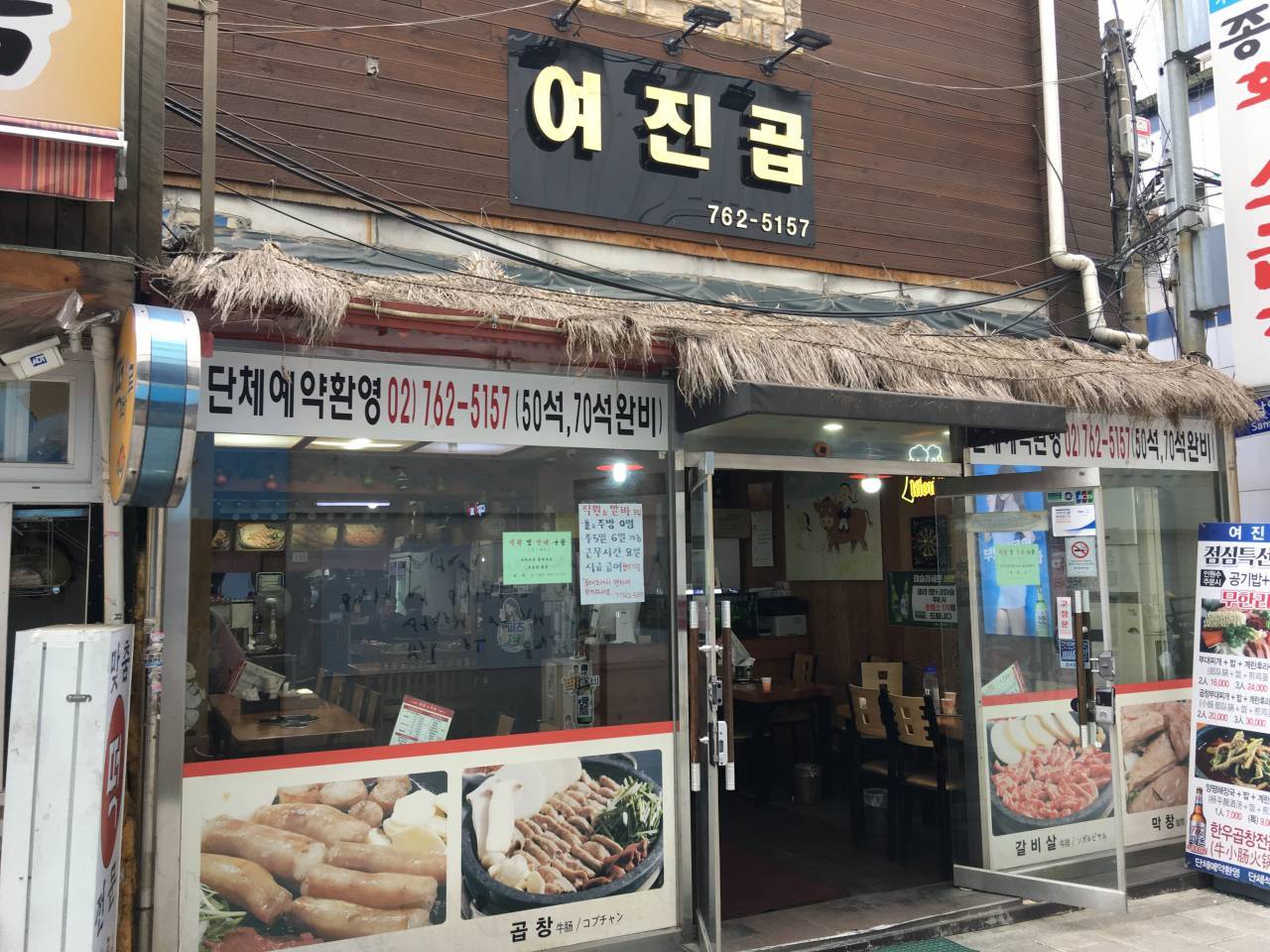
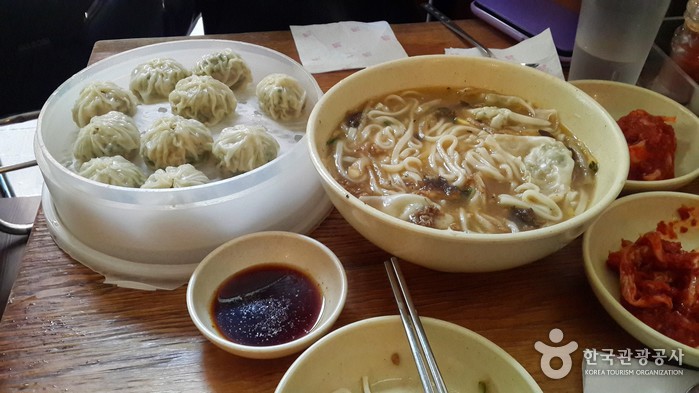
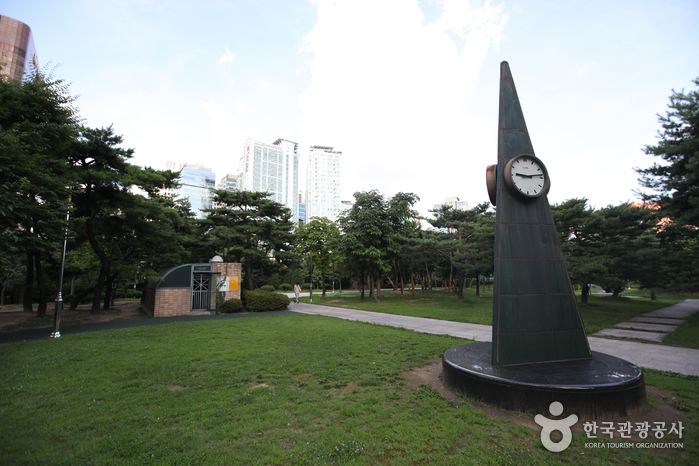
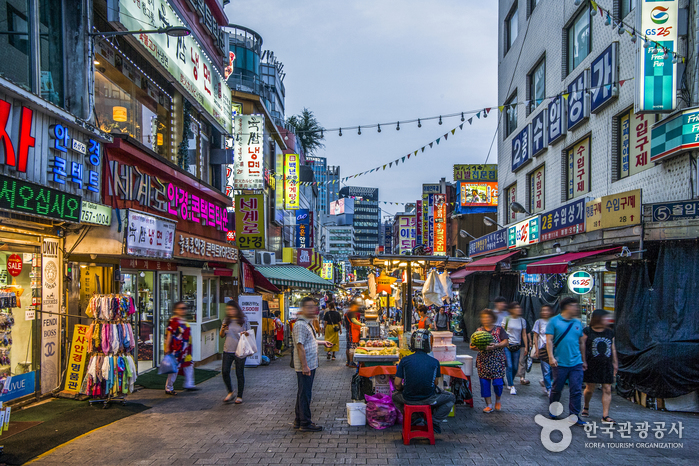
![Seochon Guest House [Korea Quality] / 서촌 게스트하우스 [한국관광 품질인증]](http://tong.visitkorea.or.kr/cms/resource/41/2447241_image2_1.jpg)
 Français
Français
 한국어
한국어 English
English 日本語
日本語 中文(简体)
中文(简体) Deutsch
Deutsch Español
Español Русский
Русский